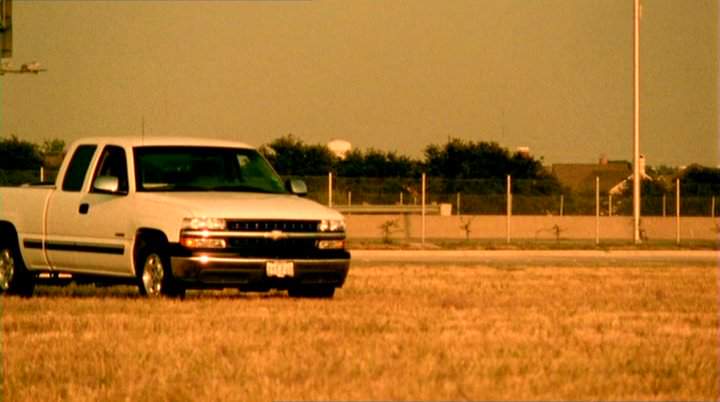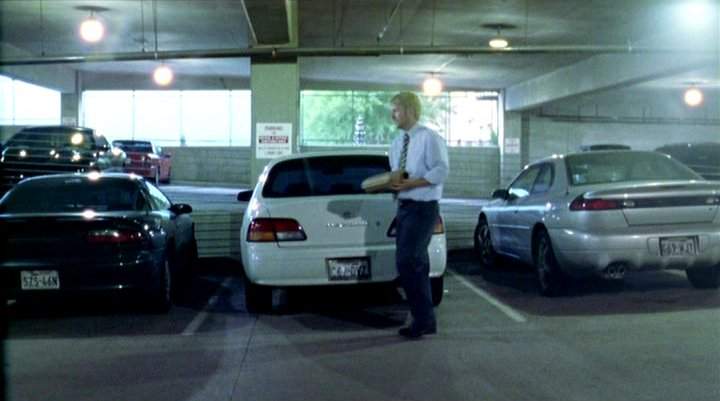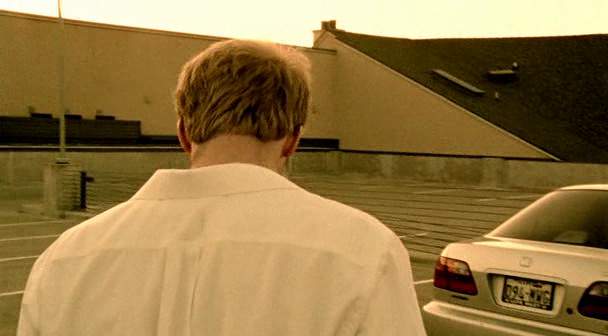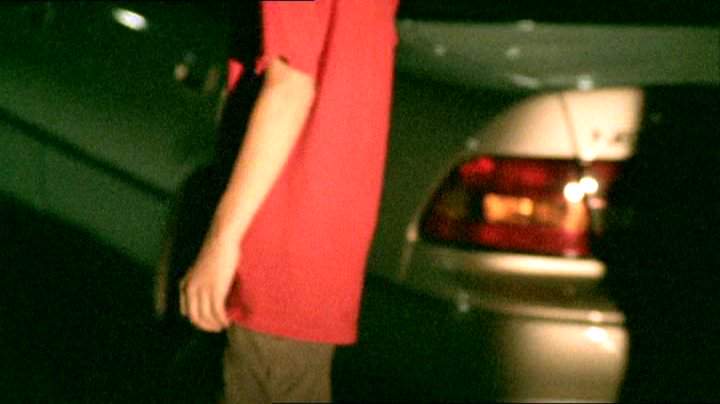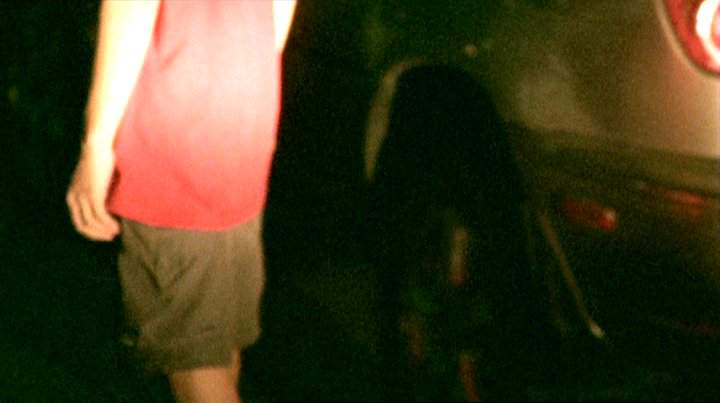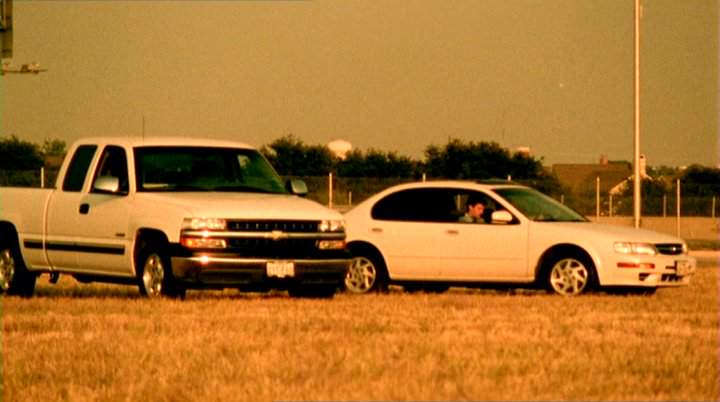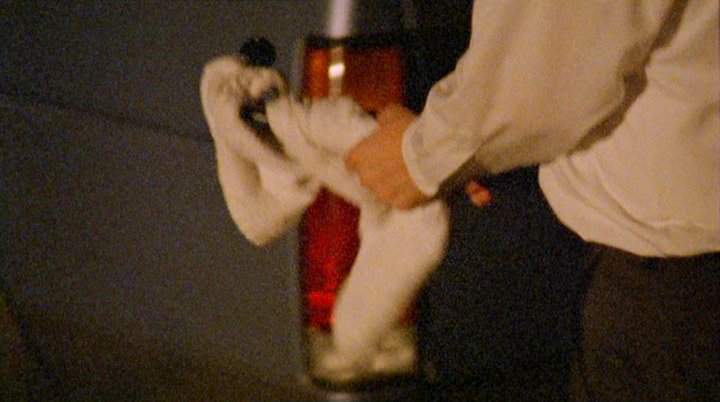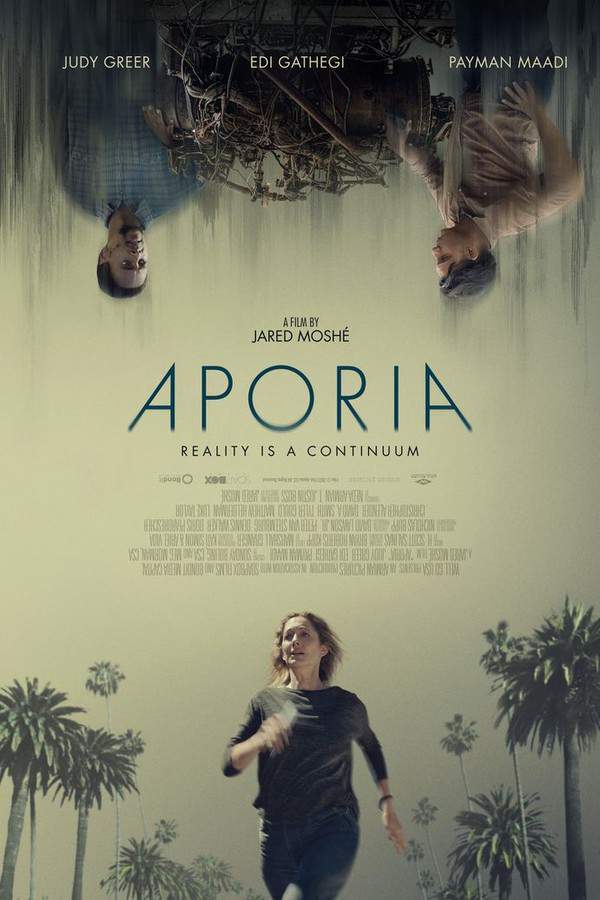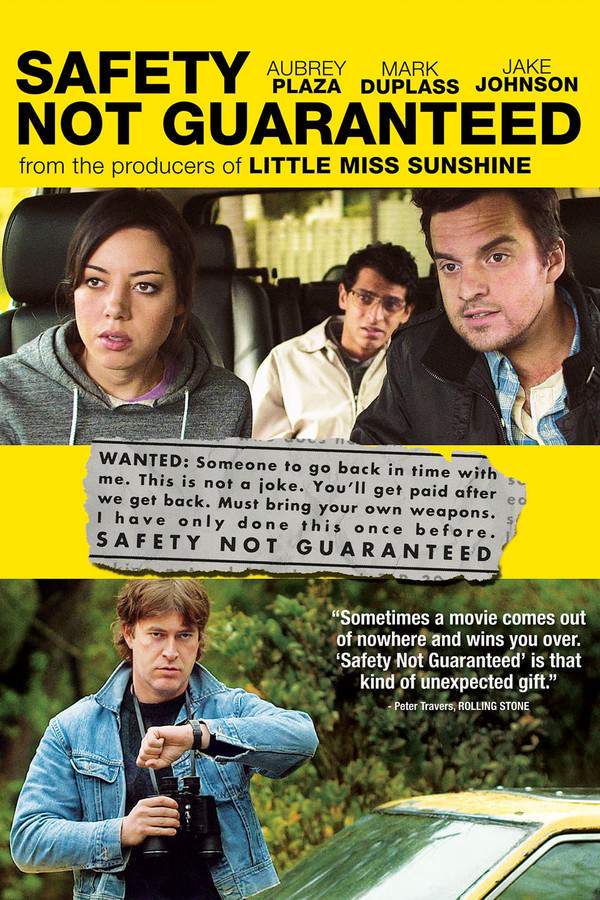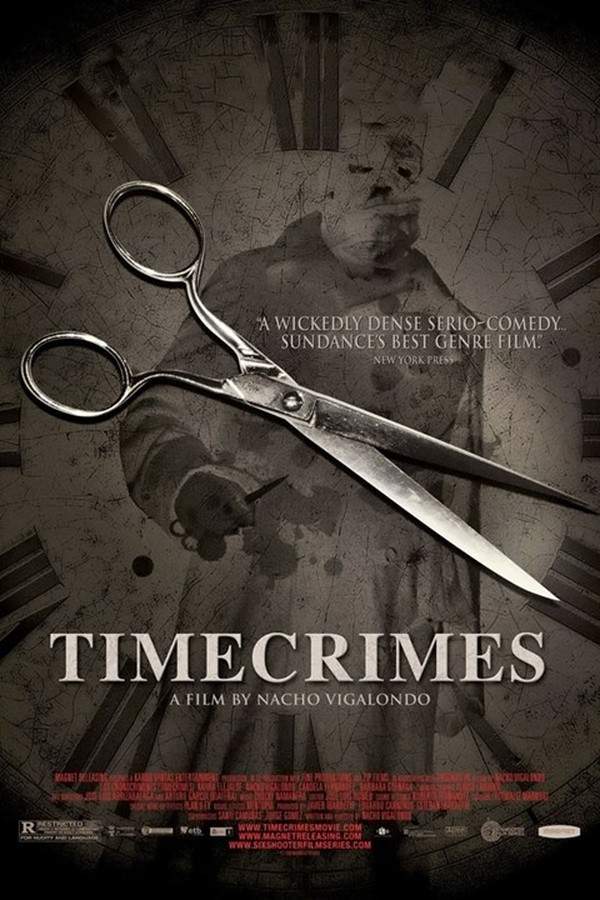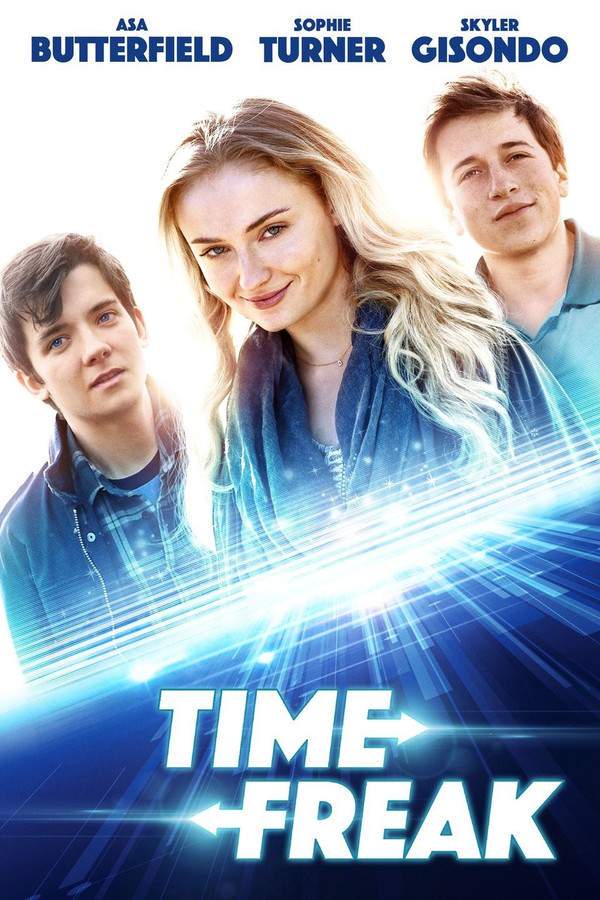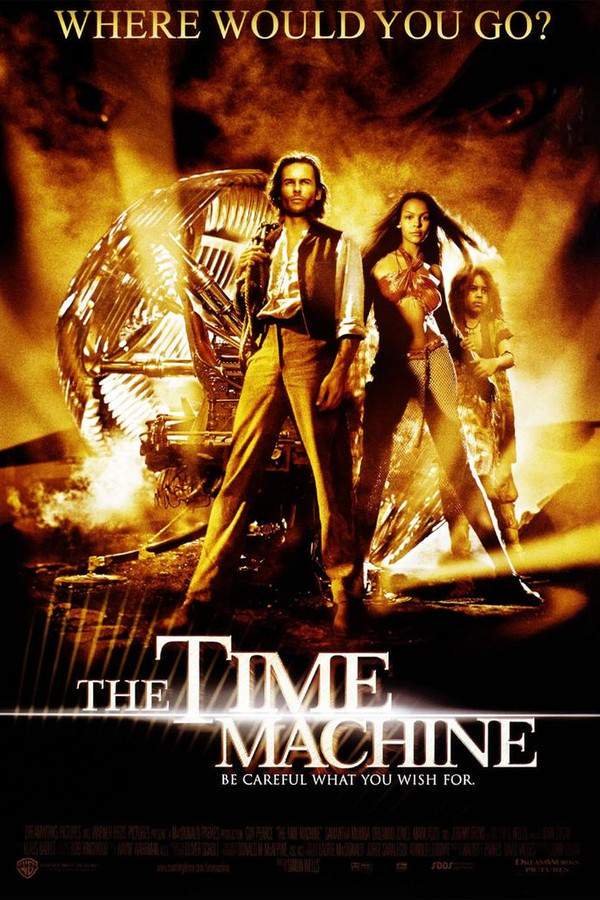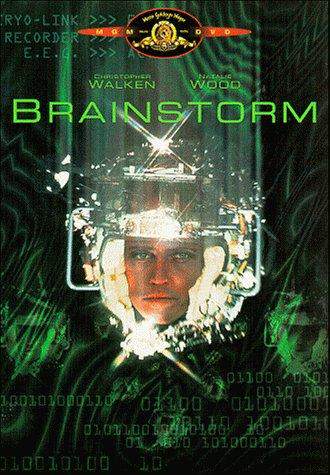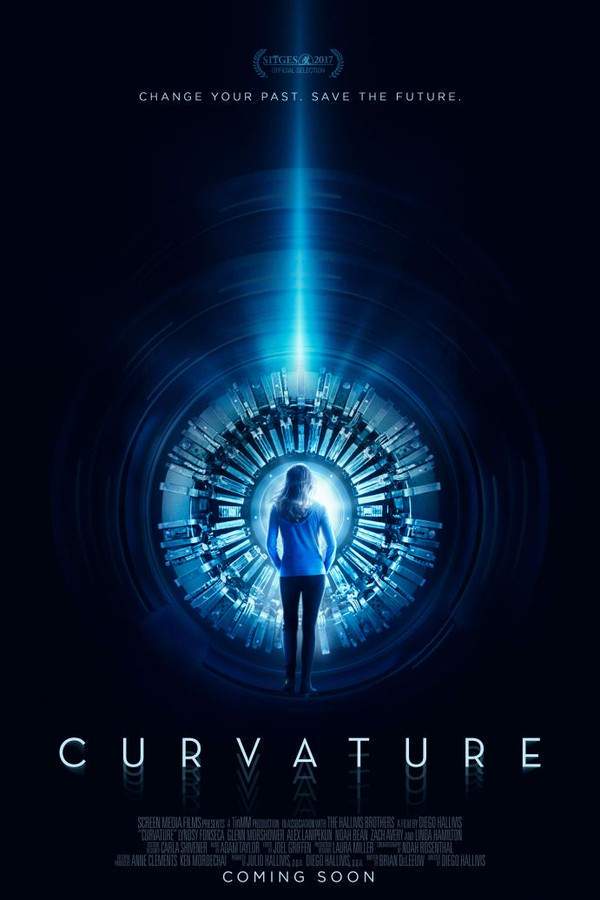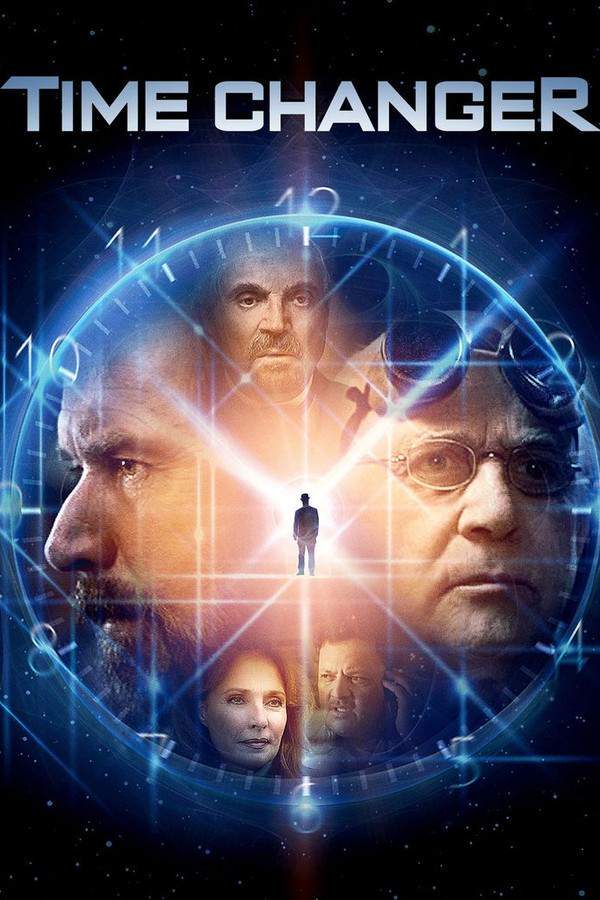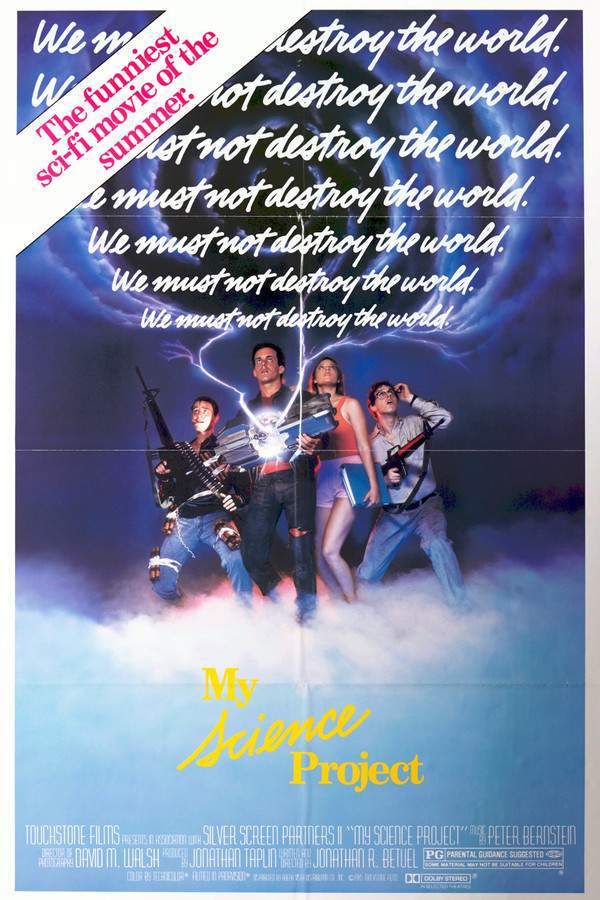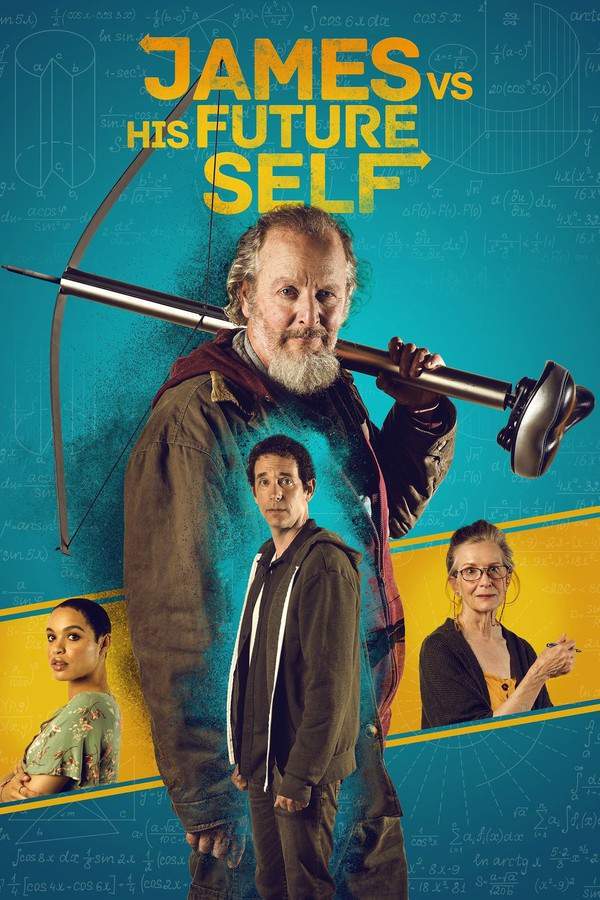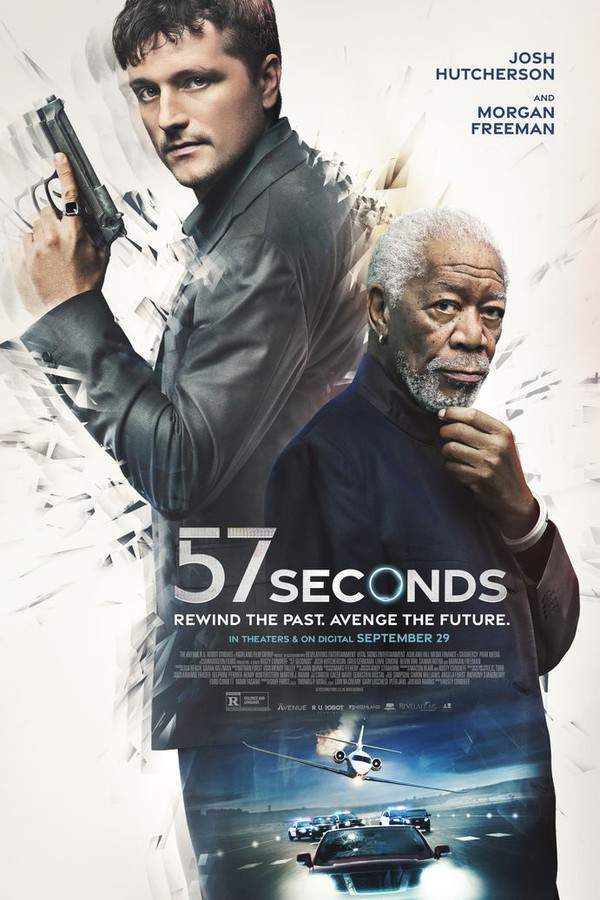Primer 2004

Two engineers, Aaron and Abe, invent a device for error resolution that unexpectedly leads to the creation of a time machine. Driven by curiosity, they begin experimenting with the technology, but their actions have unforeseen and increasingly complex consequences. As they manipulate time, they struggle to understand and control the ramifications of their discoveries, leading to a mind-bending exploration of causality and the potential dangers of unchecked scientific ambition.
Does Primer have end credit scenes?
No!
Primer does not have end credit scenes. You can leave when the credits roll.
Meet the Full Cast and Actors of Primer
Explore the complete cast of Primer, including both lead and supporting actors. Learn who plays each character, discover their past roles and achievements, and find out what makes this ensemble cast stand out in the world of film and television.
External Links and Streaming Options
Discover where to watch Primer online, including streaming platforms, rental options, and official sources. Compare reviews, ratings, and in-depth movie information across sites like IMDb, TMDb, Wikipedia or Rotten Tomatoes.
Ratings and Reviews for Primer
See how Primer is rated across major platforms like IMDb, Metacritic, and TMDb. Compare audience scores and critic reviews to understand where Primer stands among top-rated movies in its genre.

68
Metascore
7.4
User Score


%
TOMATOMETER

0%
User Score

6.7 /10
IMDb Rating

68
%
User Score
Take the Ultimate Primer Movie Quiz
Challenge your knowledge of Primer with this fun and interactive movie quiz. Test yourself on key plot points, iconic characters, hidden details, and memorable moments to see how well you really know the film.
Primer Quiz: Test your knowledge on the complexities and nuances of the 2004 time travel film 'Primer'.
What invention do Aaron and Abe initially work on?
A time machine
A device to reduce an object's weight
A flying car
A teleportation device
Show hint
Awards & Nominations for Primer
Discover all the awards and nominations received by Primer, from Oscars to film festival honors. Learn how Primer and its cast and crew have been recognized by critics and the industry alike.
20th Film Independent Spirit Awards 2005
Best Feature
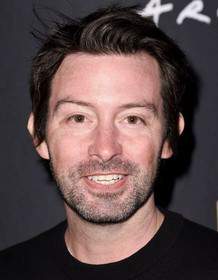


Full Plot Summary and Ending Explained for Primer
Read the complete plot summary of Primer, including all major events, twists, and the full ending explained in detail. Explore key characters, themes, hidden meanings, and everything you need to understand the story from beginning to end.
Four engineers—Aaron, Abe, Robert, and Phillip—lead a dual life, working for a large corporation by day while running a side business from Aaron’s garage at night, where they craft and sell JTAG cards. The earnings from this venture are funneled into pet science projects in the hopes of garnering attention from venture capitalists.
Tensions rise when the group can’t agree on what project to tackle next, prompting Aaron and Abe to work separately on technology aimed at reducing an object’s weight. Their invention shows promise, but it produces an unexpected side effect: a timepiece left within the device registers a time increase of approximately 1,300 times the activation duration. This leads Abe to the realization that they have stumbled upon a time machine.
After conducting some tests, Abe secretly constructs a prototype of a larger machine capable of holding a person. He travels back to earlier that day and shares the results with Aaron. Together, they develop another machine, referred to as “the box,” opting to exclude Robert and Phillip under the guise of needing to fumigate the garage.
As they begin using the time machines to profit from stock market investments, their adventures become bolder. However, their plans are abruptly interrupted by the shocking arrival of Thomas Granger (Chip Carruth), the father of Abe’s girlfriend Rachel. They intended to secure his financial backing, but an unforeseen incident renders Granger comatose, raising concerns about how he discovered the box. Disturbed by the implications, Abe concludes that continuing with time travel is perilous. To reverse the situation, he uses a “failsafe” machine he built in secret, aiming to go back in time to a moment before his initial venture into time travel.
Upon traveling back four days, Abe meets Aaron but collapses upon his arrival. When Abe recovers, he learns that Aaron had discovered the failsafe box and manipulated events to maintain control over the time travel situation. Aaron, utilizing recorded conversations from a previous moments, explains how he bested his own earlier self, persuading him to forgo the original plan. This newer version of Aaron intends to recreate the events of a party where a crasher aimed to shoot Rachel, making himself a hero in the process.
Abe reluctantly agrees to assist Aaron in altering the party’s outcome, and they appear to succeed; however, it remains uncertain how many iterations it took to achieve this. Their continued experimentation with time travel ultimately drives a wedge between them, leading to a deterioration of their friendship.
As they persist in using the machines, the toll on their health becomes evident. Aaron starts experiencing symptoms resembling a stroke, bleeding from his ears and later struggles with his handwriting and reading abilities. Communication between the two becomes strained, and Abe eventually removes himself from technical discussions with Aaron, even requesting he write things down.
Amid escalating tensions, Aaron confronts Abe about his ulterior motives regarding his family. In a desperate bid to influence the course of events, Abe decides to stay in the timeline to manipulate the original versions of himself and Aaron into abandoning their time travel endeavors, hoping they will interpret their experiment as a failure.
In the film’s final moments, we see the earlier version of Aaron, who had traveled back with the failsafe to create recordings, engaged in a phone conversation implying he is in debt. The film closes on an eerie note, revealing one of the Aarons overseeing a group of French-speaking workers commencing construction on what looks to be a building-sized box.
Uncover the Details: Timeline, Characters, Themes, and Beyond!

Coming soon on iOS and Android
The Plot Explained Mobile App
From blockbusters to hidden gems — dive into movie stories anytime, anywhere. Save your favorites, discover plots faster, and never miss a twist again.
Sign up to be the first to know when we launch. Your email stays private — always.
Watch Trailers, Clips & Behind-the-Scenes for Primer
Watch official trailers, exclusive clips, cast interviews, and behind-the-scenes footage from Primer. Dive deeper into the making of the film, its standout moments, and key production insights.
Cars Featured in Primer
Explore all cars featured in Primer, including their makes, models, scenes they appear in, and their significance to the plot. A must-read for car enthusiasts and movie buffs alike.
Primer Themes and Keywords
Discover the central themes, ideas, and keywords that define the movie’s story, tone, and message. Analyze the film’s deeper meanings, genre influences, and recurring concepts.
Primer Other Names and Titles
Explore the various alternative titles, translations, and other names used for Primer across different regions and languages. Understand how the film is marketed and recognized worldwide.
Articles, Reviews & Explainers About Primer
Stay updated on Primer with in-depth articles, critical reviews, and ending explainers. Explore hidden meanings, major themes, and expert insights into the film’s story and impact.
Similar Movies To Primer You Should Know About
Browse a curated list of movies similar in genre, tone, characters, or story structure. Discover new titles like the one you're watching, perfect for fans of related plots, vibes, or cinematic styles.
Quick Links: Summary, Cast, Ratings, More

What's After the Movie?
Not sure whether to stay after the credits? Find out!
Explore Our Movie Platform
New Movie Releases (2025)
Famous Movie Actors
Top Film Production Studios
Movie Plot Summaries & Endings
Major Movie Awards & Winners
Best Concert Films & Music Documentaries
Movie Collections and Curated Lists
© 2025 What's After the Movie. All rights reserved.















